Arirang Literature Museum (조정래 아리랑문학관)
16.5Km 2024-04-07
24, Yongseong 1-gil, Gimje-si, Jeonbuk-do
+82-63-540-3934
Located in Gimje, Jeollabuk-do, Arirang Literature Museum (Jo Jung-rae Arirang Literature Museum) was opened in May, 2003. The museum displays materials related to Jo Jung-rae’s novel "Arirang," a work praised to have x_heightened Korea's literature standards in aspects of cultural, literary, and popular value. "Arirang" takes place during the time of Japanese colonization, vividly describing the pain and common racial values which people shared as a whole amidst the suffering and efforts that were made to bring Korea's independence a step closer.
Yeolimjae Pension (여림재펜션)
17.1Km 2024-12-13
96 , Jungnimpyeonbaek-gil, Wanju-gun, Jeonbuk-do
+82-10-8375-0258
Yeolimjae Pension is a newly built modern three-story pension located in Wanju, Jeollabuk-do. The pension has five guest rooms, ranging from couple rooms for two people to family rooms. Each room comes with a bathroom, a kitchen, and a private terrace. From the terrace, you can enjoy a cup of tea while taking in the mountain scenery. The garden includes an outdoor swimming pool and a picnic table adjacent to it. Be sure to check the availability of the barbecue area in advance since it differs from room to room. Nearby tourist attractions include Sanggwan Cypress Forest, Jeonju Hanok Village, and Ongnyeobong Peak Valley.
Daeiljung (대일정)
17.2Km 2024-04-07
3 Suhakjeongseok-gil, Taein-myeon, Jeongeup-si, Jeonbuk-do
This Korean restaurant prides itself on serving an abundant Korean set meal, notably featuring the marinated hairy crab set menu and the grilled galbi patties set menu. Each set is accompanied by a lavish selection of 20 different side dishes. The marinated hairy crab, a seasonal delicacy, involves small river estuary crabs prepared in a savory sauce of green onions, red pepper paste, and soy sauce, ideally mixed with white rice. The grilled galbi patties, a harmonious blend of beef and pork, are grilled to perfection, offering a savory taste and a rich, juicy gravy. To conclude one's meal, enjoy a comforting serving of warm scorched rice soup and plum tea, which provides a gentle, soothing end to the rich flavors. Here, one can indulge in the full spectrum of sophisticated Korean cuisine.
Pihyangjeong Pavilion (정읍 피향정)
17.2Km 2025-01-17
2951 Taesan-ro, Taein-myeon, Jeongeup-si, Jeonbuk-do
Pihyangjeong Pavilion is known to be the most outstanding pavilion in all of Jeolla region. Orignally, there were two ponds around the pavilion, but one of the ponds were filled up with soil during the Japanese period. The pavilion's name derived from the scent of water lilies that bloomed afloat on the ponds. The pavilion demonstrates all the basic components of a typical pavilion built during the Joseon dynasty and is valued as an historical example of a wooden architecture during the mid-Joseon dynasty.
Open Space Nu-e (복합문화지구 누에)
17.4Km 2024-04-06
462-9 , Wanju-ro, Wanju-gun, Jeonbuk-do
Nu-e, a complex cultural district located in Wanju-gun, Jeollabuk-do, opened with the goal of "a living space where everyone communicates through art." As part of the cultural regeneration project, it was built in the Jeollabuk-do Jameop (silkworm business) testing center complex and is carrying out projects such as cultural and artistic education, exhibition planning, and the creation of creative spaces. Facilities include Nu-e Art Hall, where various art exhibitions and performances are held, guesthouse 'Sum' for local residents, a camping ground and lounge, a pottery room, a kiln room, etc. There is a children's space called "Dreaming Nu-e Playground" where adults are not permitted, making it a good place for family trips. It is also recommended to visit the Jeonbuk Provincial Museum of Art and Samnye Culture and Art Village, representative tourist facilities in Wanju-gun.
Sanoe Hanu Village (산외한우마을)
18.8Km 2024-04-07
450 Sanoe-ro, Sanoe-myeon, Jeongeup-si, Jeonbuk-do
Sanoe Hanu Village is situated approximately 30 minutes from downtown Jeongeup. This establishment exclusively deals in hanu (Korean beef), facilitating direct transactions between producers and businesses, which allows for lower prices due to its family-oriented business model. Here, visitors can savor delicious, nutritious, and affordably priced beef. Most shops at the village function as both butcher shops and restaurants, so one can select their preferred cut of meat. Upon ordering, guests will receive a simple table setting, which includes five to six side dishes, priced at around 5,000 won per person, and the chosen meat will be served.
Dongboseong (동보성)
19.2Km 2024-04-07
437, Hana-ro, Iksan-si, Jeonbuk-do
Dongboseong is an authentic Chinese restaurant serving dishes prepared by a number of chefs from China. It has separate rooms and large banquet rooms for group dining.
Kim Myeong-gwan's House (정읍 김명관 고택)
19.4Km 2025-01-16
72-10 Gongdong-gil, Sanoe-myeon, Jeongeup-si, Jeonbuk-do
A typical example of an aristocrat's house, this residence was built in the 8th year of King Jeongjo's reign in the Joseon dynasty by Kim Myeong-gwan, the 6th generation descendent of Kim Dong-su. Kim Myeong-gwan carefully considered the principles of geomancy when choosing the location of the house, with Cheonghasan Mountain to the back and Dongjingang River to the front, and it took ten years to complete the house. Upon entering the main gate, the house reveals a balanced symmetry with the daecheongmaru (wooden floor hall) at the center. Every component of the house was placed and designed to create a balance with the surroundings and efficient movement within the premises. Because the house contains most of its original form and displays a beautiful harmony with the natural surroundings, it is regarded as valuable research material. Although there may be limitations, viewing is generally allowed.
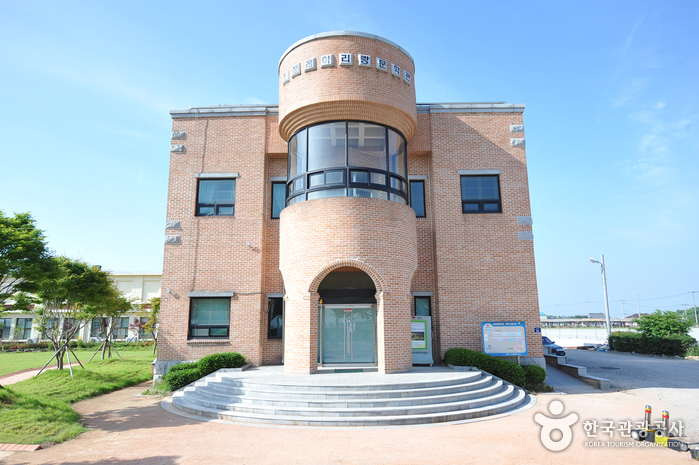
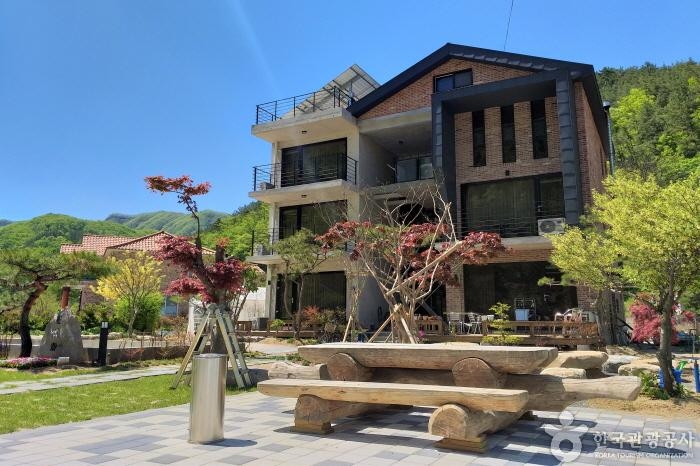
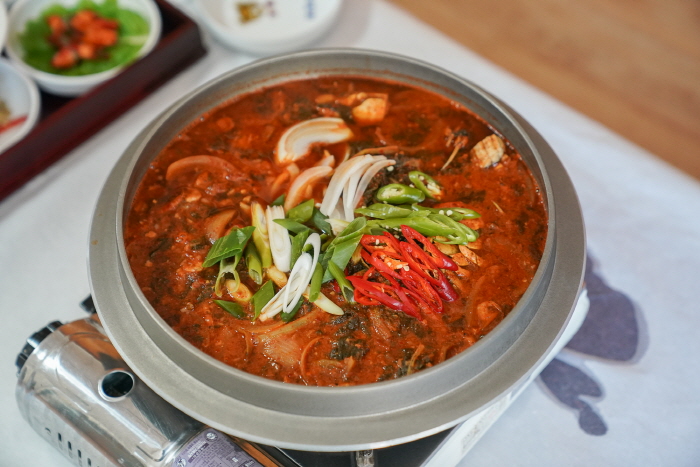
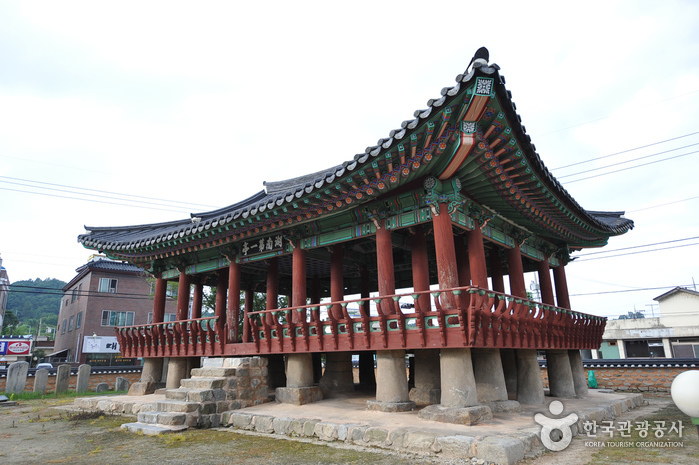

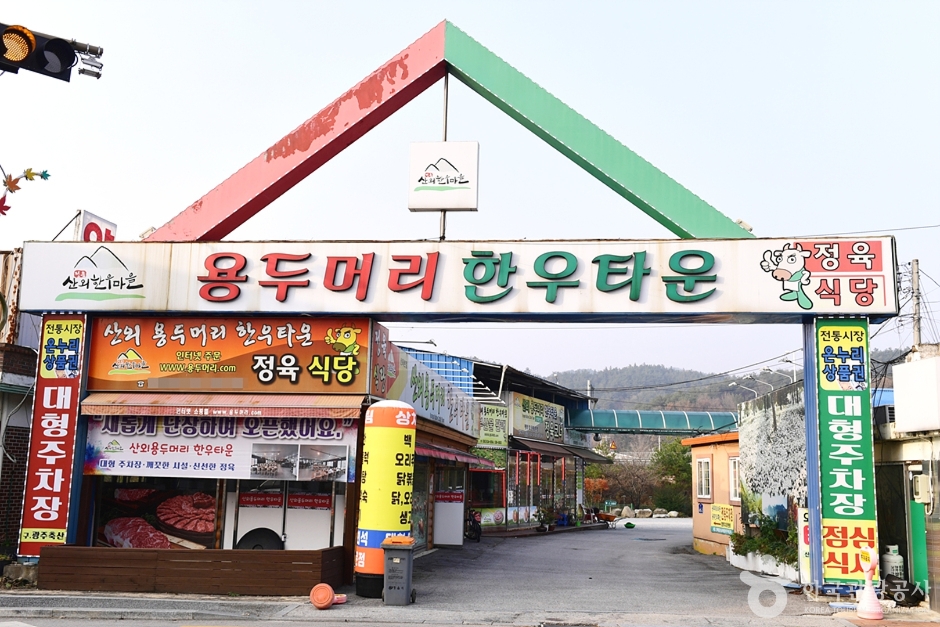


 English
English
 한국어
한국어 日本語
日本語 中文(简体)
中文(简体) Deutsch
Deutsch Français
Français Español
Español Русский
Русский